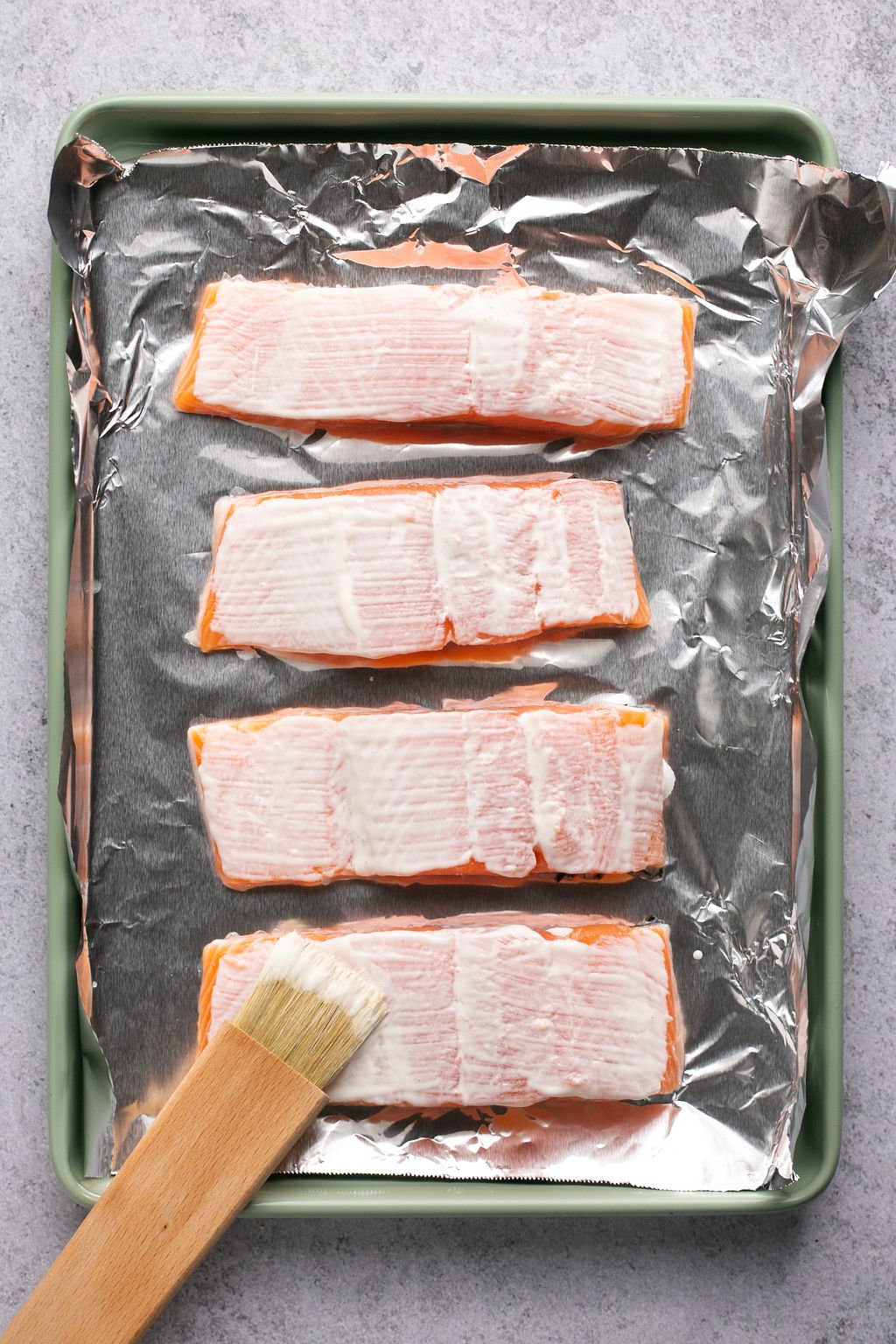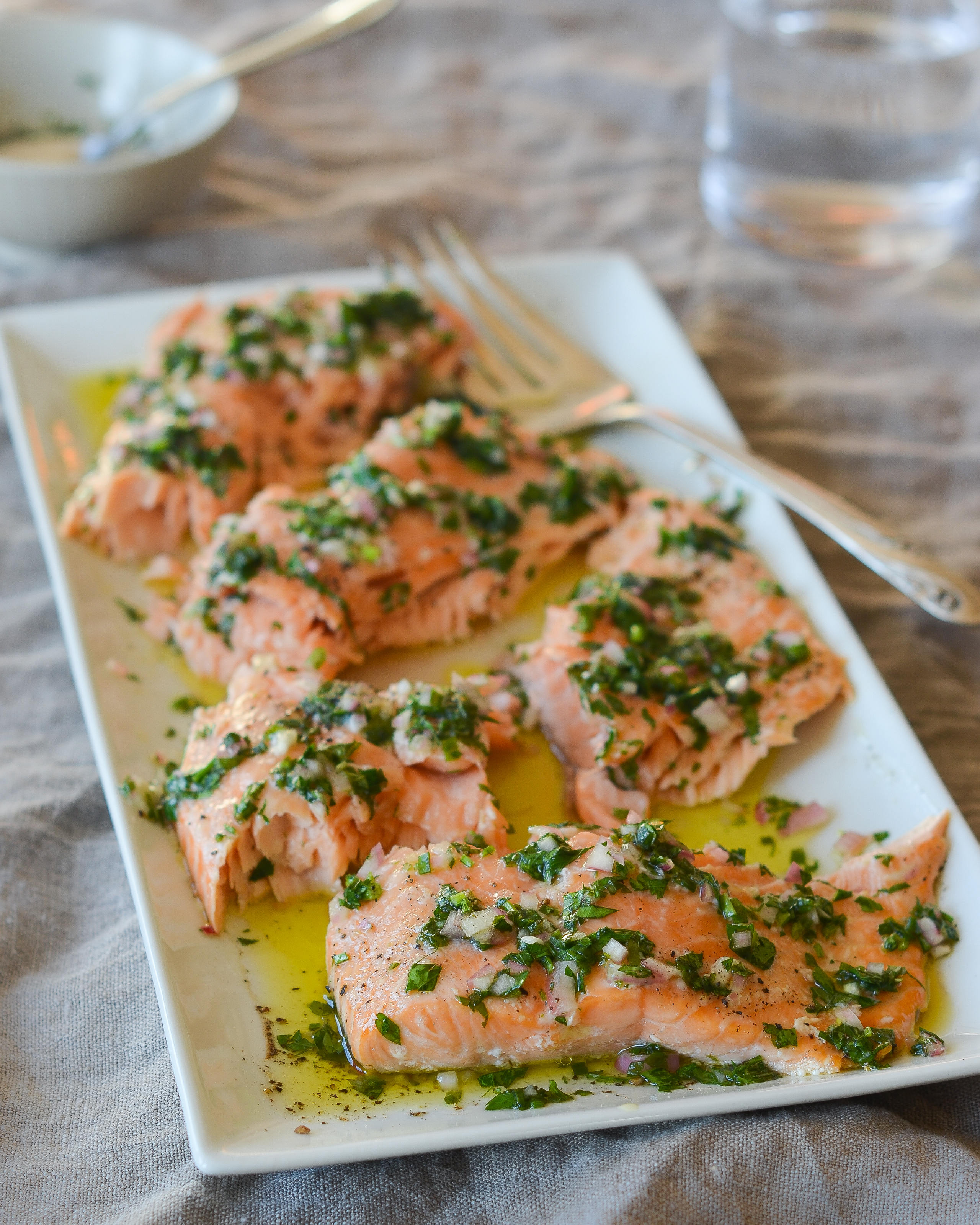What’s That White Stuff on Salmon and Is It Safe to Eat?
What is the substance of light color found on salmon, and is it considered safe for consumption?

Cooking salmon perfectly can be challenging, whether you’re grilling, roasting, or searing it. Overcooking can result in dry salmon, but how do you know when it’s cooked just right? While a thermometer can help determine the internal temperature (145°F recommended by USDA), one cooking issue that may puzzle you is the white substance that appears. In this article, we’ll explain what it is, whether it’s safe to consume, and provide tips to avoid its presence.
What Causes the White Substance on Salmon?
The white substance that emerges from salmon is known as albumin, a protein present in the fish. Albumin is also found in other foods like eggs, beef, and milk. Initially invisible, albumin becomes visible when salmon is subjected to heat during cooking. The liquid albumin changes into a semi-solid form as the salmon cooks, and it rises to the surface due to the contraction of muscle fibers in the fish. The amount of albumin produced increases with higher cooking temperatures.
Is It Safe to Consume Albumin?

Yes, consuming albumin is safe. Although it may affect the appearance of the food, albumin has no taste and does not alter the overall flavor. However, if desired, it can be easily removed by gently wiping the cooked fish with a paper towel or scraping it off with a knife.
Preventing the Visibility of Albumin in Salmon
To minimize the appearance of albumin in salmon, follow these three tips:
- Avoid overcooking salmon. Ensure that you cook the fish until it reaches an internal temperature of 145°F. Overcooking exposes the salmon to excessive heat, resulting in more visible albumin. Use similar-sized fillets for even cooking.
- Cook salmon at a lower temperature. Higher temperatures cause the salmon muscles to contract and push albumin to the surface. Cooking at a lower temperature allows for a longer cooking time, reducing albumin visibility. Experiment with our recipe for Slow-Cooker Citrus Salmon with Melted Leeks.
- Cook salmon with the skin-side down. Whether you plan to eat or remove the skin, leaving it on during cooking acts as a protective barrier. The skin helps slow down albumin surfacing by acting as a shield between the heat source and the flesh.
Albumin Formation in Cooked Salmon
When salmon is cooked, a protein called albumin can be seen on the fish as white streaks or globs. Although it lacks flavor and poses no harm, some people prefer to minimize its appearance. To prevent the formation of albumin, avoid overcooking the salmon.













